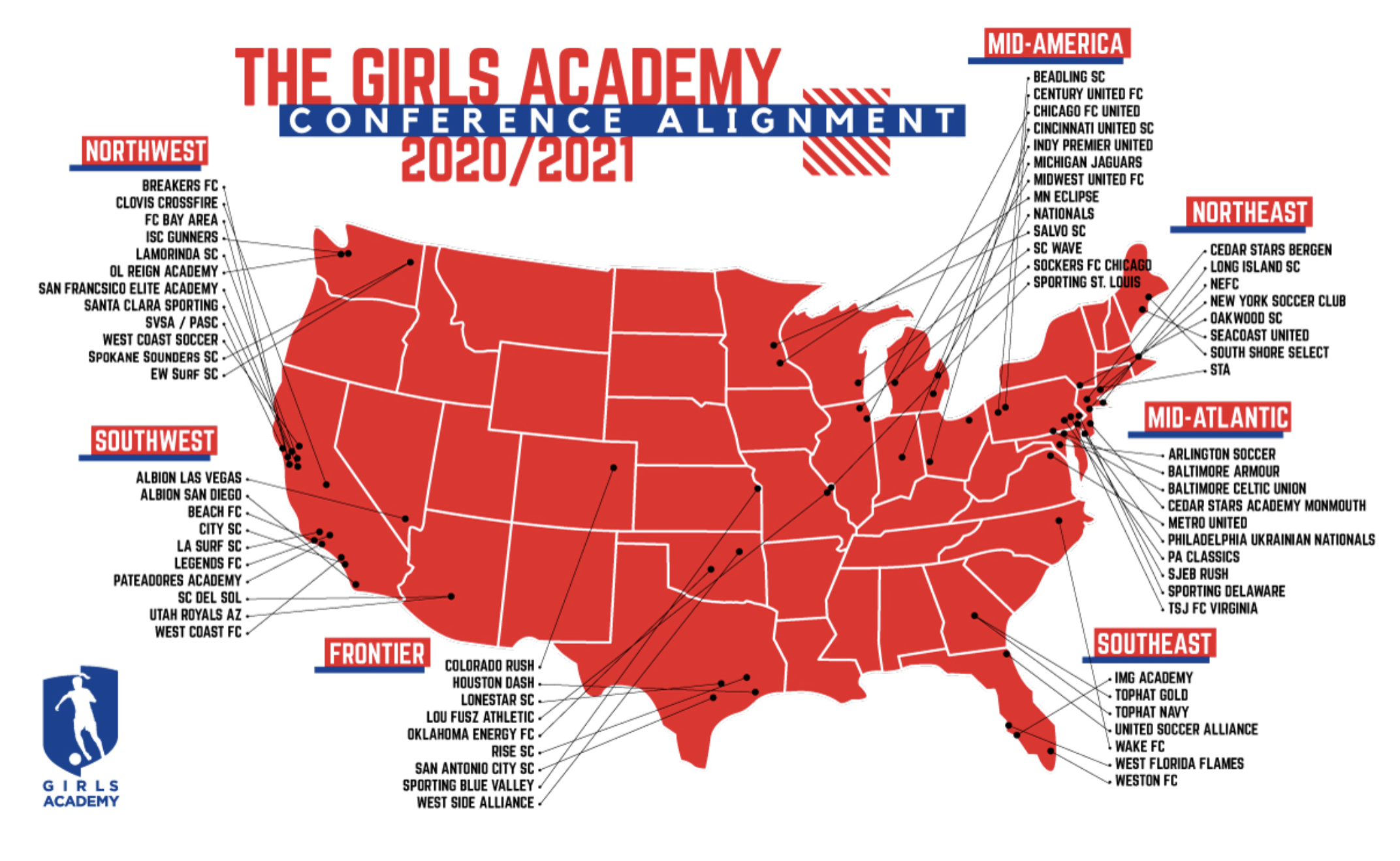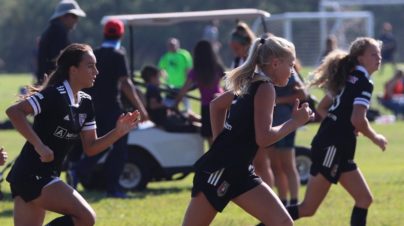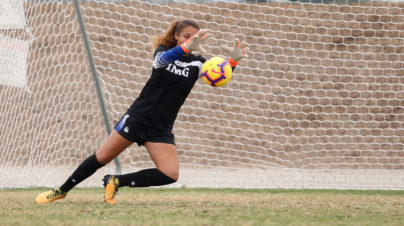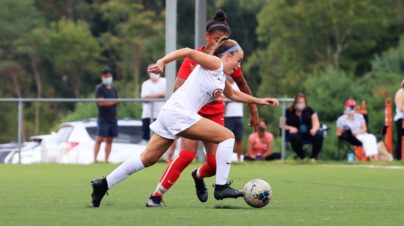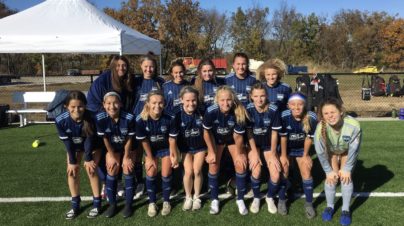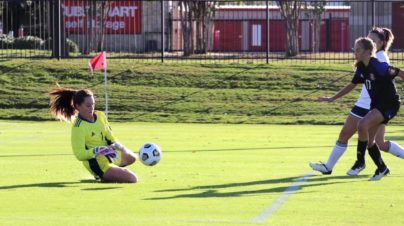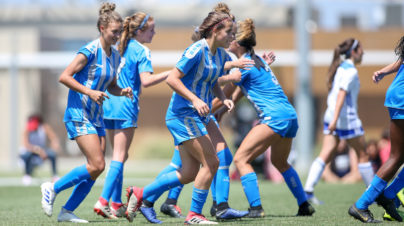What is the Girls Academy?
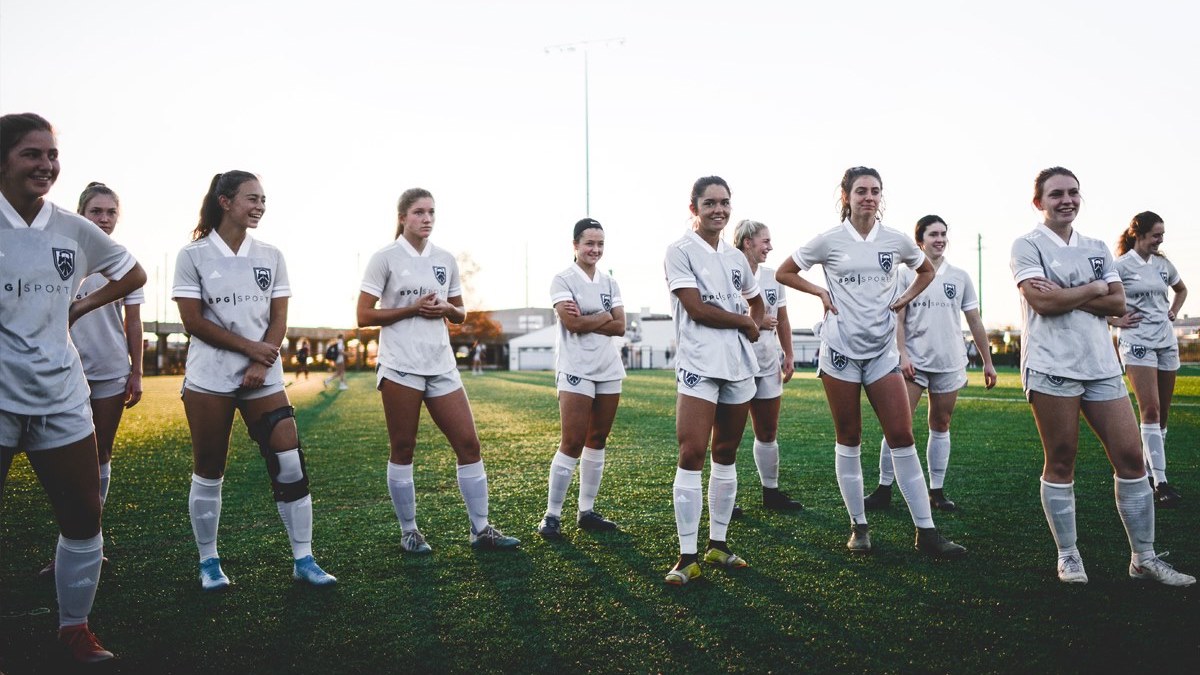
By Adam Schwager
SoccerWire Staff Writer
Even if you’re a veteran of youth soccer, you may be somewhat unfamiliar with the Girls Academy (GA), currently in its inaugural season.
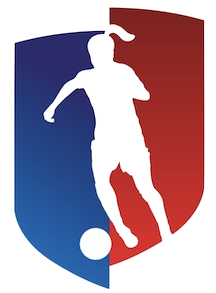 Following the permanent closure of the U.S. Soccer Development Academy in the spring of 2020, former DA clubs were in need of a new league. While some clubs were promptly accepted into the already-established Elite National Clubs League (ECNL), the majority joined the upstart Girls Academy, founded by a group of leaders from the Development Player League (DPL).
Following the permanent closure of the U.S. Soccer Development Academy in the spring of 2020, former DA clubs were in need of a new league. While some clubs were promptly accepted into the already-established Elite National Clubs League (ECNL), the majority joined the upstart Girls Academy, founded by a group of leaders from the Development Player League (DPL).
Overview
The Girls Academy currently consists of 69 clubs spread across seven conferences (Northwest, Southwest, Frontier, Mid-America, Northeast, Mid-Atlantic and Southeast). The league is aiming to expand the freedoms of member clubs while working cooperatively with all stakeholders, from club directors to the players themselves.
Former University of Washington women’s soccer coach Lesle Gallimore serves as commissioner of the Girls Academy. She accepted the position in the summer of 2020, after the conclusion of her remarkable 26-year tenure as head coach of the Huskies.
What’s So Different About Girls Academy?
GA has some key aspects in which it differentiates itself from leagues with a similar level of competition. For one, all Girls Academy clubs must give their players permission to play for their high school soccer teams if they wish, ending DA’s controversial policy of not allowing their players to participate in high school competition. Girls Academy also uses unique substitution rules to encourage clubs to better utilize their player pools.
[+READ: ‘I wonder what the players think’ – Girls Academy tries new youth soccer model]
Girls Academy actively encourages player input in the long-term development of the league. This resulted in the formation of the player-led Girls Academy Advisory Board (GAAP), which consists of players who are elected “to engage in strategic initiatives that drive the long-term sustainability of the GA and overall advancement of youth soccer.”
Tiffany Weimer, Jen Lalor and Ashlee Fontes-Comber are currently serving as co-chairs of the GAAP. Meanwhile, Amanda Schmutz and Amy Griffin were tabbed as co-chairs of the GA’s Talent ID Program. [+Read More]
Competition Format
The Girls Academy season culminates in the GA National Playoffs, where the top teams from each conference come together to compete against each other and battle for the title of Girls Academy National Champions. For the U-13, U-14 and U-19 age group, 16 teams will be invited to compete for the Championship, with the top two clubs in each conference earning an automatic qualifier joining two additional wild card clubs.
The U-15, U-16, U-17 age groups will have a 32-team bracket, with the top three clubs in each conference earning an automatic qualifier joining 11 wild card clubs. The U-15s, U-16s, and U-17s will also concurrently hold a National Showcase tournament for every team that failed to qualify for the National Playoffs.
[+READ: Top 50 Girls Academy players in the InStat Index: Fall 2020]
Different age groups will also have a varying number of National Events throughout the year that act as additional opportunities to showcase talent in front of a large number of college coaches and scouts.
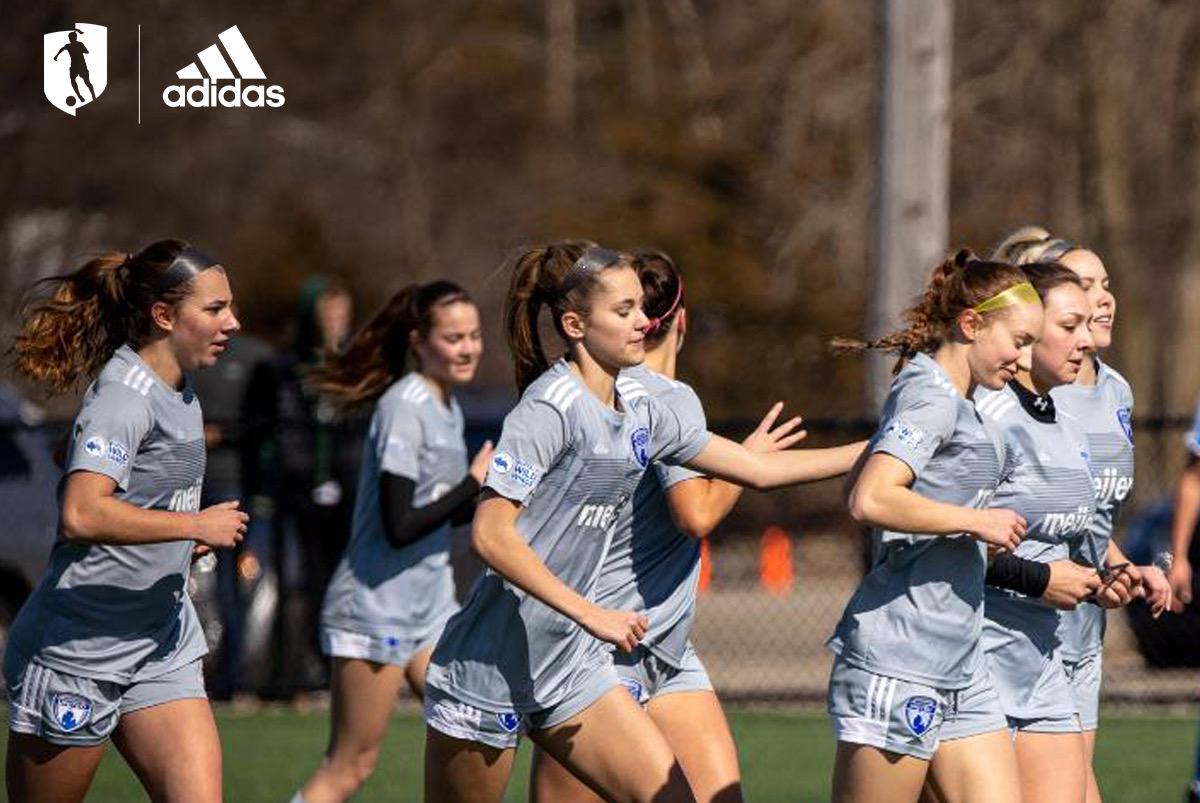
How To Join Girls Academy
If you are interested in joining a Girls Academy team, the full list of current clubs is on the GA website. While GA has an extremely strong presence in California, Texas, the Midwest and the Eastern seaboard, there are member clubs all over the country, and the league is still accepting new clubs for the upcoming 2021-22 season.
Future of Girls Academy
In October 2020, Girls Academy announced a strategic relationship with Major League Soccer and a partnership with USYS.
According to their press release, Girls Academy will work in coordination with MLS NEXT, in order to: “deliver a true pyramid for female youth players in the US, with the GA serving as the USYS premier girls platform in conjunction with MLS.”
The partnership will focus on establishing academy standards for coaching and player development, improving talent identification partnerships, enhancing coaching education and creating new exciting competitions to showcase players. While GA will continue to have full autonomy over their league, they will also have advice from the leaders of MLS and USYS as it aims to become the premier league in U.S. girls soccer.
Along with the MLS and USYS partnership, the GA has formed numerous key alliances on the technology side, including with analytics and video sharing platform InStat Sport, and college placement tool Jungo Sports, among others.

